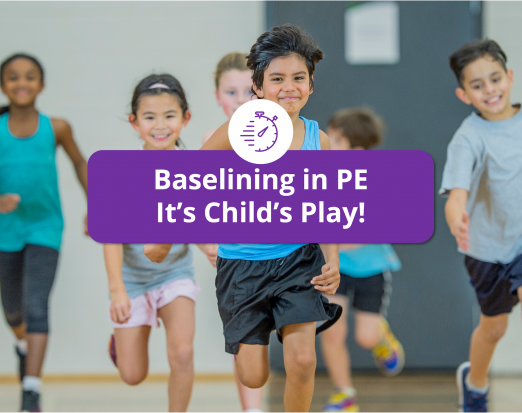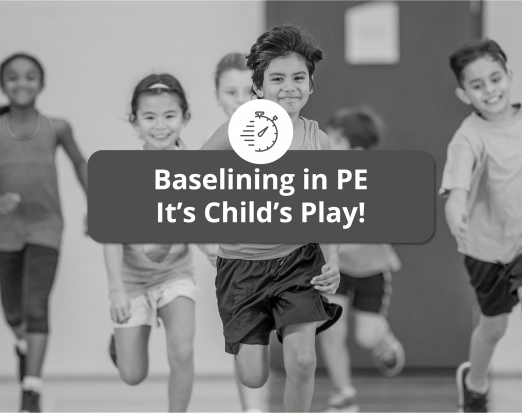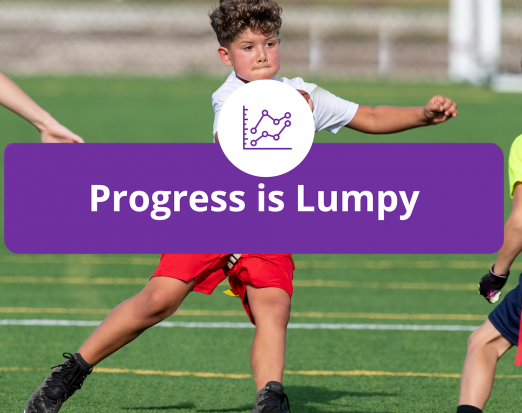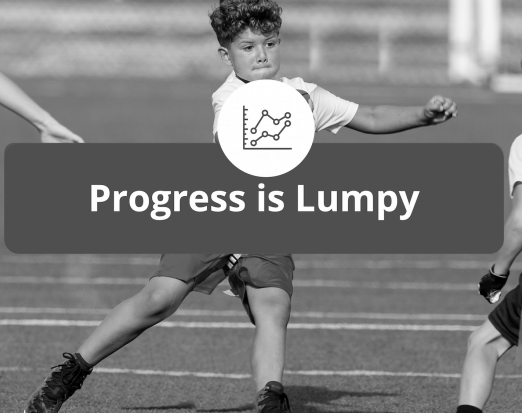5 common misconceptions about physical literacy
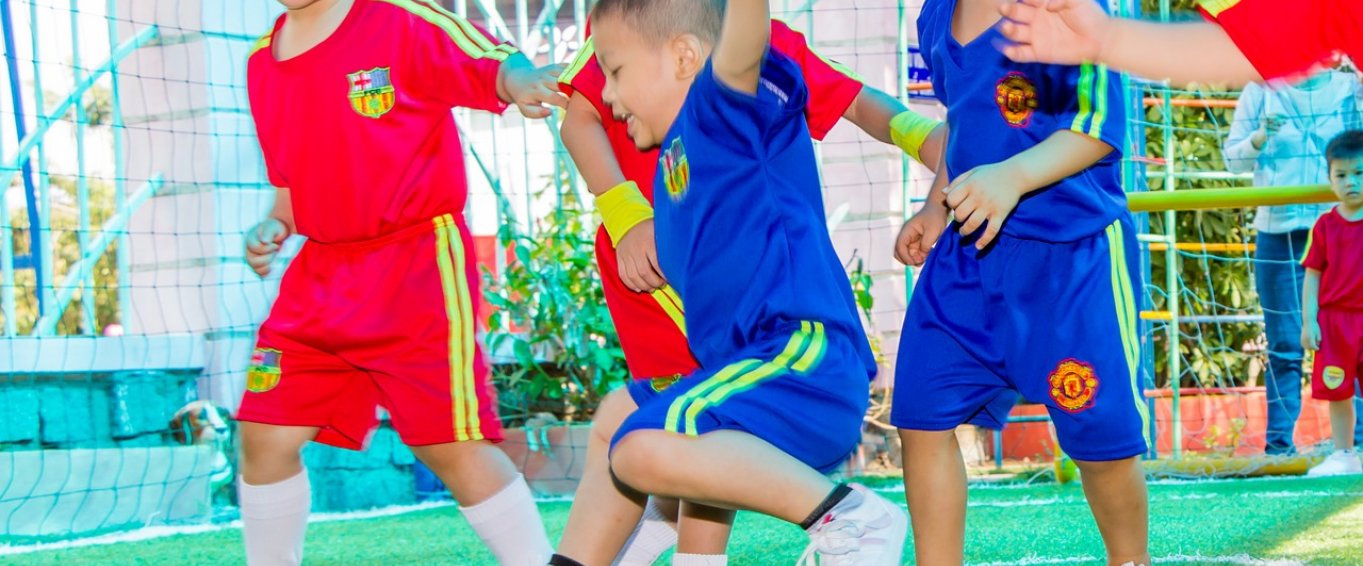
Physical literacy can seem like an intimidating concept. A child who is physically literate has a far greater opportunity to lead a longer and healthier life, but failure to do so could have the reverse effect, paving the way for a sedentary and unhealthy future.
No pressure then?
As parents, teachers and influencers, we have a duty to encourage the development of key physical skills in the children we care for. In an ideal world, every child would be enthusiastically active, but we know that this is simply not the case for many children. Nevertheless, we believe that every child has the opportunity to become physically literate and develop a love of sports and being active.
In our last blog, we discussed how being physically literate can positively benefit children from the outset, in this blog we will focus on the common misconceptions about physical literacy and how we can resolve issues around the topic.
There is an age limit
Parents are often concerned about the ‘cut off’ point for physical literacy. Their child reaches the age of eight without developing the right capabilities and they lose all faith that they will become competent and active. First of all, we need to get to the truth of this matter, where does this idea come from?
There is certainly truth to the statement, according to Canadian Sport a failure to develop physical literacy capacities during the appropriate time (before puberty) will undermine a child’s ability to develop key athletic skills. However, this is referring to sports specific skills and the opportunity to excel as an elite athlete. The chance of every child becoming a professional athlete is incredibly slim as it is, therefore developing the skills required to participate in sport professionally after the age of puberty is highly unlikely. In spite of that, young people will still be able to become physically literate after a certain age provided they learn the appropriate skills to get there, such as fundamental movement skills and participating in team sports and free play. While they might not be able to play football professionally, they will be able to learn how to play football to keep active and enjoy themselves.
Some children can’t be physically literate
Quite frankly, the idea that some children can not be physically literate is absurd. Humans are meant to move, we were created to run, jump, hunt and be active. Unless there is a specific reason why someone cannot be active, such as an injury or disability, everyone has the same chance of excelling in physical activity. The difference is, physical literacy needs to be learned and developed. If we give children the right support, by encouraging them to try as many different sports as they like, engage in free play, develop fundamental movement skills and discover the importance of a healthy life, then every child will have the best chance at becoming physically literate.
Children can learn physical literacy skills naturally
Free play is a crucial part of physical literacy development, but it needs to be supplemented by specific exercises that work on developing key capabilities such as fundamental movement skills. It is estimated that it takes between 240 to 600 minutes of instruction to become proficient at one fundamental movement skill, so learning a full range of movements will require time. However, by following a targeted programme and participating in free play, children will easily pick up the attributes of physical literacy and enjoy doing so in the process.
Being active is an option
Unfortunately many people believe that exercising is a choice, or only needed for specific goals such as losing weight or building muscle. No matter what age, gender or body type you are, exercise is always essential to prevent diseases and boost wellbeing. Helping children to understand this from a young age is the key to creating a healthy and physically literate generation. Encourage children to try a wide range of activities, so they can find a type of activity that they truly enjoy and will want to continue into adulthood.
Some children don’t like sports
Failure is a common fear for many of us, a lack of confidence can play a huge role in children’s participation in sports. If you are never taught the skills required to play a sport, you will feel less confident and won’t be as willing to participate, compared to someone who has had years of training. We can’t expect children to automatically be sports stars, they will need to take a step by step approach and learn the skills required, such as agility, balance and coordination, before they can progress in the game.
Physical literacy is all about activity
A massive part of physical literacy is the understanding about the importance of living an active life. This will only be learned from the teaching and guidance of adults. By setting children examples and showing them the benefits of being physically active and healthy, we can create a blueprint for a healthier future.
These are just a few of the examples we hear about encouraging children to improve their physical literacy skills. With the right amount of dedication, hard work and support, every child can have the opportunity to succeed and become physically literate. Keep up to date with the physical literacy by subscribing to the Amaven mailing list here.
